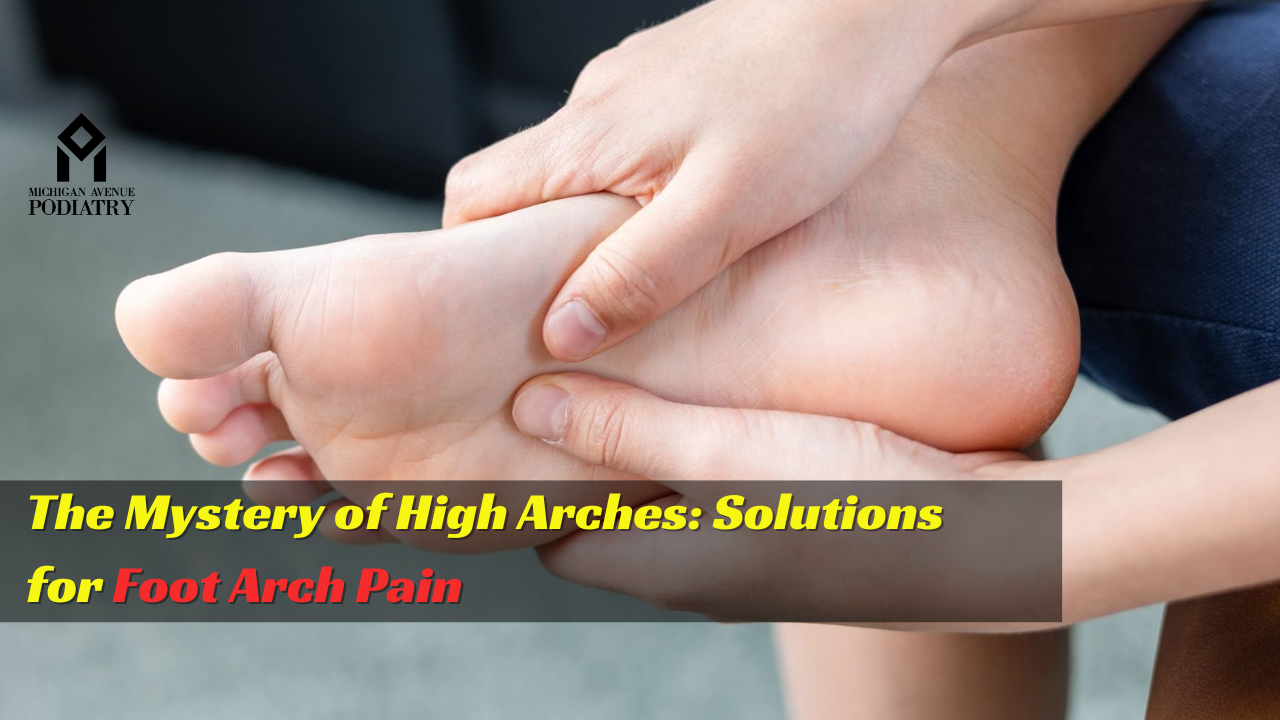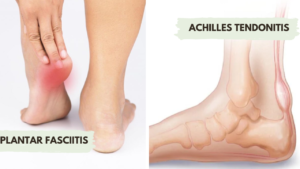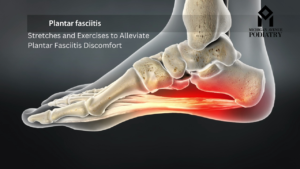Foot arch pain, a common affliction affecting millions worldwide, can significantly impact daily life. From standing to walking, this discomfort can hinder mobility and quality of life. In this detailed guide, we delve deep into the intricacies of foot arch pain, exploring its causes, symptoms, diagnosis, treatment options, and preventive measures.
Understanding Foot Arch Pain
What is Foot Arch Pain? Foot arch pain refers to discomfort or inflammation in the arch of the foot, often resulting from strain or injury to the muscles, ligaments, or bones in the area. This condition can range from mild discomfort to debilitating pain, affecting individuals of all ages and activity levels.
Types of Foot Arch Pain
- Plantar Fasciitis: One of the most common causes of foot arch pain, plantar fasciitis involves inflammation of the thick band of tissue (plantar fascia) that runs across the bottom of the foot, connecting the heel to the toes.
- Flat Feet (Pes Planus): Flat feet occur when the arches of the foot collapse, leading to pain and discomfort, particularly during weight-bearing activities.
- High Arches (Pes Cavus): Conversely, high arches result from an exaggerated arch shape, causing strain on the foot and leading to pain and instability.
Causes of Foot Arch Pain
Understanding the underlying causes of foot arch pain is crucial for effective treatment and prevention. Common factors contributing to this condition include:
- Overuse: Engaging in repetitive activities such as running or standing for extended periods can strain the muscles and ligaments in the foot, leading to arch pain.
- Poor Footwear: Ill-fitting shoes lacking adequate support or cushioning can exacerbate foot arch pain by placing undue pressure on the arches.
- Biomechanical Issues: Abnormalities in foot structure or gait mechanics, such as flat feet or high arches, can predispose individuals to arch pain.
- Injuries: Trauma or injury to the foot, such as sprains or fractures, can result in arch pain and inflammation.
- Age-related Changes: As we age, the natural fat pad in the foot may diminish, causing decreased shock absorption and increased susceptibility to pain.
Symptoms and Diagnosis
Common Symptoms Symptoms of foot arch pain may vary depending on the underlying cause but often include:
- Pain or Tenderness: Discomfort in the arch of the foot, particularly during weight-bearing activities.
- Swelling: Inflammation or swelling in the affected area.
- Stiffness: Reduced flexibility or stiffness in the foot and ankle.
- Difficulty Walking: Pain may worsen with movement, making walking or standing challenging.
Diagnosing Foot Arch Pain
Proper diagnosis of foot arch pain involves a comprehensive evaluation by a healthcare professional, including:
- Medical History: Discussion of symptoms, activity level, and previous injuries.
- Physical Examination: Assessment of foot structure, range of motion, and areas of tenderness.
- Imaging Studies: X-rays or other imaging tests may be ordered to evaluate the internal structures of the foot and identify any abnormalities.
Treatment Options
Non-surgical Treatments
- Rest and Ice: Resting the affected foot and applying ice packs can help reduce pain and inflammation.
- Stretching and Strengthening Exercises: Physical therapy exercises targeting the muscles and ligaments of the foot can improve flexibility and stability.
- Orthotic Devices: Custom or over-the-counter orthotic inserts can provide support and cushioning, redistributing pressure on the foot.
Surgical Interventions In cases where conservative treatments fail to provide relief, surgical intervention may be necessary. Surgical options for foot arch pain include:
- Plantar Fascia Release: This procedure involves releasing tension in the plantar fascia to alleviate pain and improve mobility.
- Foot Reconstruction: In severe cases of flat feet or high arches, reconstructive surgery may be recommended to correct underlying structural issues.
Prevention and Self-Care Tips
Maintain Healthy Footwear Choosing supportive, well-fitted shoes with adequate arch support and cushioning can help prevent foot arch pain. Gradual Activity Progression Avoid sudden increases in activity level or intensity, allowing your feet time to adapt to new movements. Regular Stretching Routine Incorporate stretching exercises targeting the calf muscles and plantar fascia into your daily routine to improve flexibility and reduce strain on the arches.
Frequently Asked Questions (FAQs)
- Can foot arch pain be prevented?
- Yes, adopting healthy lifestyle habits such as wearing supportive footwear, maintaining a healthy weight, and incorporating stretching exercises into your routine can help prevent foot arch pain.
- How long does it take to recover from plantar fasciitis?
- Recovery time for plantar fasciitis varies depending on the severity of the condition and the effectiveness of treatment. In mild cases, symptoms may resolve within a few weeks with conservative measures, while severe cases may require several months of treatment.
- Are there any home remedies for relieving foot arch pain?
- Yes, home remedies such as applying ice packs, performing gentle stretching exercises, and wearing supportive shoes can help alleviate foot arch pain.
- Can flat feet be corrected without surgery?
- In many cases, flat feet can be managed with conservative treatments such as orthotic inserts, physical therapy, and lifestyle modifications. However, severe cases may require surgical intervention to correct underlying structural issues.
- Is it normal to experience foot arch pain during pregnancy?
- Yes, hormonal changes and weight gain during pregnancy can contribute to foot arch pain. Wearing supportive footwear, practicing gentle stretching exercises, and maintaining a healthy weight can help alleviate discomfort.
- When should I see a doctor for foot arch pain?
- If foot arch pain persists despite home remedies or worsens over time, it’s essential to consult a healthcare professional for proper diagnosis and treatment.
Conclusion
Foot arch pain can significantly impact daily activities and quality of life, but with proper understanding, treatment, and preventive measures, individuals can find relief and regain mobility. By addressing the underlying causes, adopting healthy lifestyle habits, and seeking appropriate medical care, you can take proactive steps towards overcoming foot arch pain and enjoying an active, pain-free lifestyle.




